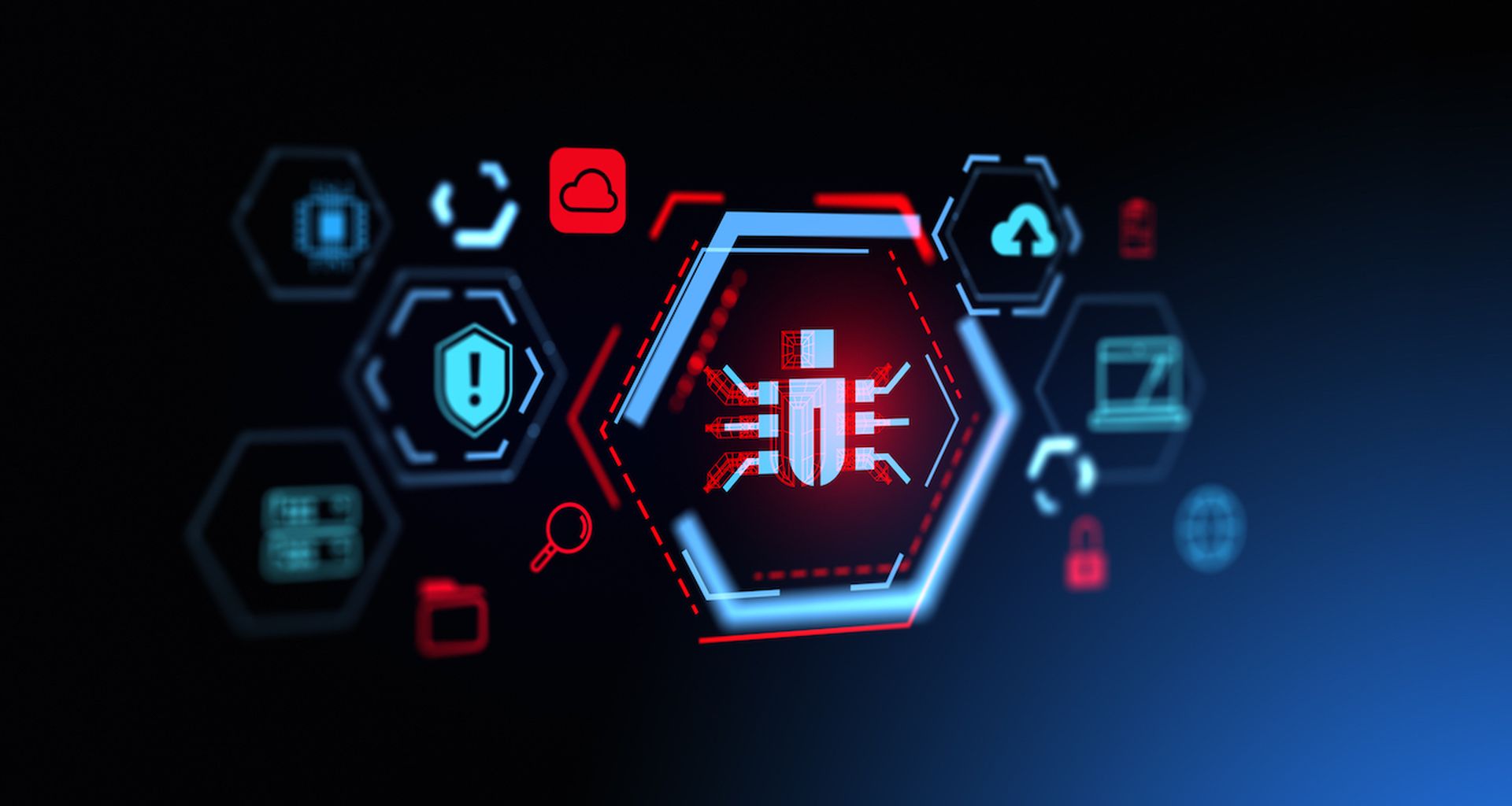Today, chief information security officers (CISOs) are in a constant battle with hackers, playing a game of whack-a-mole as vulnerabilities continue to emerge while security teams address them to prevent exploitation by attackers. The traditional approach to security has been a layered approach, using multiple security tools to minimize risk and avoid a single point of failure.
However, this has resulted in many enterprises stockpiling numerous cybersecurity tools, with an average large firm using around 75 different security tools on their network. These different security tools from various vendors create unneeded complexity.
The tools are often not designed to work together, resulting in a lack of communication and integration among them. While these tools may excel at their individual tasks, they fail to operate as a cohesive unit, generating excessive noise that can serve as a smokescreen for criminal activity. The addition of more security tools can also inadvertently decrease the security of data because of simple configuration errors and gaps in network defenses that are challenging to detect. These vulnerabilities are exactly what cybercriminals seek to exploit to gain unauthorized access.
Therefore, it’s crucial to strike a balance between the number of security tools to ensure effective coordination and response. Organizations need to carefully evaluate and streamline their security measures to avoid unnecessary complexity and ensure effective protection against cyber threats. To address the challenges of complexity in security, organizations should consider the following approaches:
- Consolidate security products: Consolidation can help security teams address this complexity. With the proliferation of different security tools and technologies, organizations often end up with a fragmented and complex security infrastructure. This creates an inability to see, as through a single pane of glass, what’s happening in defense of an organization or it may hide gaps that are created through the overwhelming breadth of security tool coverage. Consolidation requires rationalizing and reducing the number of security products while maintaining or improving the overall security posture. This practice will reduce the overhead and cost of managing too many security tools and should offer a clearer picture of the paths to attack that bad actors often take. This new point of view might also highlight areas where the complexity of the security solutions may have hidden gaps in the security architecture that can now be eliminated. Each security tool typically requires its own management interface, configuration, and maintenance, which becomes time-consuming and resource intensive. Consolidating security solutions can streamline these activities, reducing the administrative burden and complexity associated with managing multiple tools. This can free up security teams to focus on higher-value tasks, such as proactive threat hunting and incident response.
- Leverage automation: Security teams tend to think of automation as a means to simplify processes by eliminating steps and allowing for better attention to the goal of the process, in this case, identifying potential threats. Security pros can leverage automation to do much more. Automation can enhance threat intelligence and proactive threat hunting. Automated tools can continuously monitor and analyze large volumes of data from various sources, such as logs, network traffic, and threat feeds, to identify potential threats and anomalies. This can help organizations proactively detect and respond to security threats before they escalate into serious incidents.
- Invest in training and expertise: As security threats continue to evolve and become more sophisticated, organizations need skilled and knowledgeable staff who can effectively identify, manage and mitigate the threats. Through comprehensive training programs, security professionals can gain the knowledge and skills needed to understand complex security technologies, tools, and processes. This can help them make informed decisions on how to configure, deploy, and manage security products effectively, which minimizes the risks of misconfigurations or vulnerabilities. In addition, investing in expertise can help organizations develop internal security champions who can serve as subject matter experts and guide the organization’s security strategy. These experts can offer guidance on selecting the right security solutions, implementing best practices, and identifying potential security gaps or weaknesses. Investing in training and expertise can also help organizations stay up-to-date with the latest security trends, threats, and technologies. This can include regular training sessions, certifications, and continuous professional development programs for security teams. By staying current with the rapidly evolving security landscape, organizations can proactively address emerging threats and better protect their critical assets.
Addressing complexity in security requires a proactive and multi-faceted approach that requires the security team to consolidate security tools, automate security processes, offer training and awareness, and stay informed. By taking these steps, organizations can reduce complexity-related security risks and improve their overall security posture.
Kevin Kirkwood, Deputy CISO, LogRhythm




